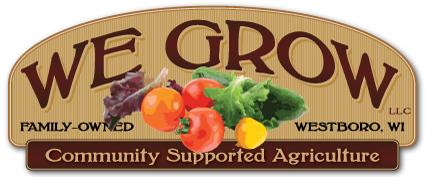
Farmer Marketing
You wouldn’t think it would be difficult to convince a person that fresh farm produce is good for them. But it is. It is also mysterious to us that someone wouldn’t think twice about buying a sugar-laden processed snack for three-times as much as a delicious farm-fresh cucumber, but people are becoming more and more comfortable with the disconnect in their food system. Sort of like how a teenager would rather send a text message than make a phone call. Or why the next generation seems to have a hard time with face-to-face socializing. It is easier and more comfortable for most people to not know the face behind their food. This convenience and stay-at-home comfort is driving the fresh food delivery industry and creating a disadvantage for small farms.
A huge part of what we do is marketing. Perhaps not in the form you are most familiar with. We’re not dealing with fancy packaging or noisy commercials. We have to sell ourselves, our farm and our philosophies and convince people that eating whole, fresh food from our farm is better or at least more fulfilling than whatever else they are already eating even though it isn’t always convenient or comfortable. This is largely done through educating and a face-to-face conversation. We read magazine articles, scientific journals, summaries from recent studies… all in hopes to find that one tidbit of information that will sway someone to buy their food from We Grow. Something that sparks a connection, a common-thinking about what is good.
This week, we will host our annual farm-to-table dinner. We don’t invite folks to our farm for a meal just to sell some food of course. Our primary goal is to establish a connection, hopefully a long-term connection. We want people to see how hard we work and what it takes to produce food for a community, even if we are only reaching a tiny portion for now. The folks who sit around the table with us become our friends. We want them to be successful in what they do just as much as we want success for ourselves. This is what makes a community resilient and fun to be a part of. And even if you can’t make it to the farm this week, consider a future event. Set your feet on the ground where your food comes from and find that connection for yourself.
Until next time,
![]()












